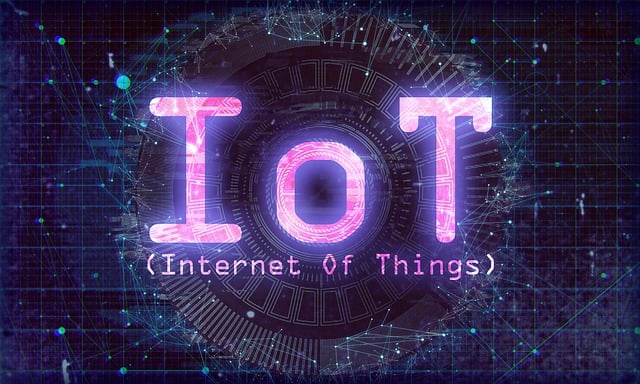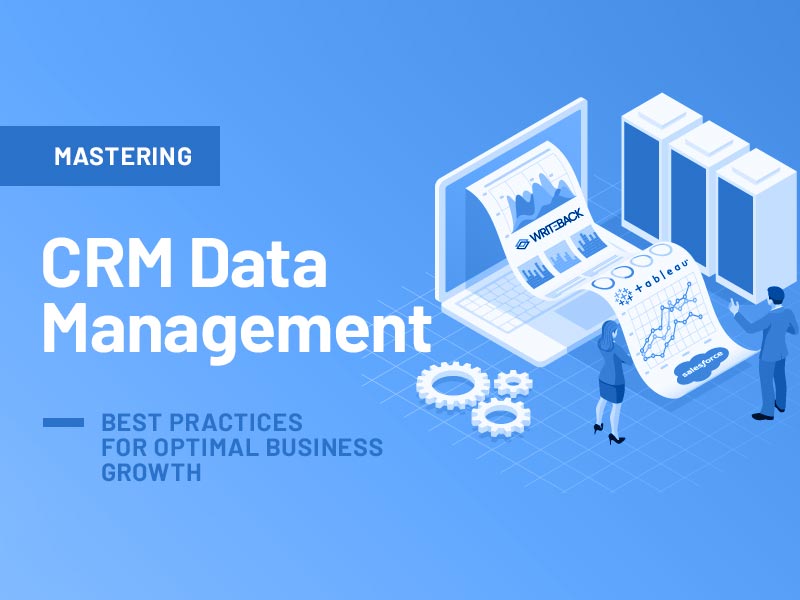The modern workforce is experiencing a profound evolution, breaking free from the confines of traditional office environments. Employees, freelancers, and businesses alike are increasingly reliant on dynamic digital platforms to connect, collaborate, and deliver their services. Central to this remarkable transformation is the lifeblood of our digital age—high-speed internet. The expansion of fiberoptic networks, the rollout of 5G technology, and the burgeoning acceptance of cloud computing are redefining the landscape of digital work.
Faster internet transcends mere speed; it ushers in a realm of unprecedented possibilities. Imagine seamless video conferences that feel as if you’re sitting across the table from colleagues, real-time collaboration that allows teams to brainstorm and innovate as though they share the same physical space, and the power of artificial intelligence enhancing productivity like never before. Remote work has become not just a necessity but an empowering norm, made feasible by the backbone of improved internet infrastructure.
What does this burgeoning era of connectivity mean for the future of work? How will industries transform, businesses adapt, and individuals find new pathways as internet speeds continue to soar? This article delves into the exhilarating ways the faster internet is reshaping the fabric of digital work and offers insights into the bright future that awaits connectivity-driven careers. Keep reading to learn more.
The Rise of Remote and Hybrid Work
Just a decade ago, the concept of working from home felt like a rare privilege reserved for a select few. Fast-forward to today, and it has morphed into a fundamental necessity for a wide array of industries. The pandemic acted as a powerful catalyst, propelling a massive shift toward remote work. While offices have reopened their doors, many companies continue embracing hybrid and fully remote models, recognizing their profound benefits. The newfound flexibility employees enjoyed during this transition has transformed into an indispensable perk, with high-speed internet evolving from a mere luxury into a vital requirement.
A robust internet connection is the lifeblood of remote work, empowering employees to effortlessly communicate with their colleagues through crystal-clear video calls, access sophisticated cloud-based applications, and collaborate on shared documents in real-time, all without the dreaded lag or interruptions. A reliable internet connection not only enhances productivity but also ensures that meetings flow smoothly, large files transfer swiftly, and customer interactions maintain a level of professionalism and efficiency that cultivates trust.
In light of this, numerous businesses are stepping up their game by investing in internet stipends, enabling employees to elevate their home-office setups with superior connectivity. Some even venture into global hiring strategies, widening the talent pool to embrace the best and brightest from around the world. As the remote workforce continues to flourish, regions boasting robust fiberoptic networks are poised to emerge as thriving hubs, drawing remote professionals eager for the stability and reliability their digital workspaces demand.
The Evolution of Digital Collaboration Tools
Faster internet speeds have played a crucial role in the development and adoption of digital collaboration tools. Platforms like Slack, Microsoft Teams, Zoom, Google Workspace, and Notion have become indispensable for companies managing remote or hybrid teams. These tools require high-speed internet to function effectively—lagging connections disrupt video calls, delay file transfers, and hinder real-time document collaboration.
But as connectivity improves, the next wave of collaboration tools will take advantage of cutting-edge technologies such as augmented reality (AR) and virtual reality (VR). Imagine attending a virtual office meeting in a 3D-rendered workspace where you can interact with colleagues as though they were physically present. These immersive experiences are already being explored by companies investing in the metaverse, and widespread high-speed internet will be a prerequisite for making them mainstream.
Another area where fast internet is making an impact is artificial intelligence (AI)-driven collaboration. AI-powered assistants can now summarize meetings, automate scheduling, and even generate reports based on voice commands. As internet speeds increase, these AI applications will become even more responsive, helping businesses streamline operations and improve efficiency.
The Role of Fiber Internet in Business Growth
Businesses of all sizes are benefiting from the expansion of fiber-optic internet. Unlike traditional broadband, fiber internet provides ultra-fast speeds with low latency, making it ideal for companies that rely on cloud computing, big data analytics, and video streaming.
For startups and small businesses, fiber internet levels the playing field by providing the same connectivity advantages that large enterprises enjoy. Whether running an online store, managing a remote team, or engaging in high-definition live-streaming for marketing purposes, businesses with fiber internet can operate more efficiently and compete on a broader scale.
In Connecticut, for example, companies and professionals are increasingly recognizing the benefits of reliable high-speed connections. Many have turned to fiber internet in CT to enhance their work efficiency and maintain seamless digital operations.
The Future of AI, Cloud Computing, and Cybersecurity
The cloud has evolved into the essential backbone of our digital landscape, transforming the way we work and communicate. From dynamic SaaS applications to expansive remote storage solutions, cloud-based platforms thrive on the lifeblood of high-speed internet, enabling seamless real-time data transfers and fortified security measures. As an increasing number of businesses transition their operations to this digital realm, the urgency for faster and more reliable internet connections is poised to escalate dramatically.
One of the most profound transformations in today’s workplace is the integration of artificial intelligence, a technological marvel that is reshaping the way we approach tasks. AI-powered tools are now adept at managing a broad spectrum of functions, from automating customer service interactions to conducting intricate predictive analytics. The true power of these tools lies in their ability to swiftly process vast quantities of data in real-time—capabilities that can only be realized with lightning-fast internet connections.
Moreover, cybersecurity has emerged as a paramount concern in this connected world, where the speed of the internet plays a pivotal role. With a growing number of employees accessing sensitive company networks from remote locations, it is imperative for businesses to adopt robust security strategies. Techniques such as encrypted data transfers, virtual private networks (VPNs), and real-time threat monitoring are essential in safeguarding digital assets. Enhanced internet speeds not only facilitate these vital security measures but also ensure that workflows remain uninterrupted and efficient, creating a safer and more productive work environment.
5G and the Internet of Things (IoT)

Beyond the realm of fiberoptic connections, 5G technology is transforming the landscape of work as we know it, ushering in an era of ultra-fast wireless connectivity that defies traditional boundaries. Unlike conventional broadband, the remarkable low-latency speeds offered by 5G empower remote work, catering to mobile professionals and fueling the rise of innovative technologies like the Internet of Things (IoT).
Industries heavily reliant on IoT, such as manufacturing, healthcare, and logistics, are reaping the substantial benefits of 5G’s extraordinary high-speed connectivity. Picture smart factories buzzing with activity, where real-time data fine-tunes production processes flows, enhancing efficiency and precision. In the healthcare sector, providers are now equipped with advanced connected devices that enable them to monitor patients from afar, ensuring timely interventions and personalized care. Meanwhile, logistics companies are experiencing a renaissance in tracking capabilities and automation, streamlining operations with unparalleled accuracy.
As the influence of 5G expands, the limitations of wired connections will become a relic of the past. Digital workers will revel in newfound freedom, empowered to work effortlessly from their mobile devices, no matter their location—as long as they are within the embrace of robust 5G coverage. This liberation signifies not only increased flexibility but also a profound transformation in accessibility across the modern workforce, enabling collaboration and productivity like never before.
Digital Nomads and the Changing Workplace Landscape
The phenomenon of digital nomadism has surged dramatically, driven by the ever-increasing speed and reliability of internet connectivity. Once tethered to traditional office environments, professionals now possess the remarkable freedom to work from virtually anywhere that offers a stable online connection. This transformative wave has given rise to a vibrant network of coworking spaces, inviting digital work-friendly cafes bustling with creativity, and innovative remote work visas that entice global talent to explore new horizons.
Cities boasting robust internet infrastructure have emerged as vibrant hubs for digital workers, seamlessly blending professional aspirations with a rich lifestyle. Countries like Portugal, Thailand, and Mexico have transformed into thriving sanctuaries for digital nomads, where picturesque landscapes and cultural experiences meet the demands of flexible work. In response to this growing trend, businesses are passionately investing in high-speed internet solutions, ensuring that this dynamic workforce can stay connected while pursuing their dreams around the globe.
The Challenges of a Hyper-Connected Workforce
The promise of high-speed internet is nothing short of revolutionary; however, it brings with it a host of challenges that are hard to ignore. While seamless connectivity has enabled remote work, global collaboration, and unprecedented access to information, it has also given rise to significant concerns regarding work-life balance, mental health, and digital accessibility.
One of the most pressing challenges is the relentless “always-online” culture, which has blurred the boundaries between professional duties and personal time. Employees now find themselves perpetually tethered to their devices, expected to be available at all hours, even beyond traditional working periods. The expectation to respond instantly to emails, messages, and notifications extends deep into evenings and weekends, depriving workers of essential downtime. This incessant connectivity fosters a workplace environment where burnout, stress, and anxiety become inevitable, as employees struggle to disconnect and recuperate. Over time, the inability to establish clear digital boundaries can lead to decreased productivity, job dissatisfaction, and even long-term health implications.
Beyond the psychological toll, a far more insidious issue looms: digital inequality. In an age where connectivity is critical, access to high-speed internet remains unevenly distributed. While urban centers and developed nations reap the benefits of fiber-optic networks and 5G advancements, rural communities and economically disadvantaged regions often lag behind, grappling with unreliable or prohibitively expensive internet services. This disparity creates a significant chasm between those who can fully participate in the digital workforce and those who are left behind, struggling with outdated infrastructure or limited access to remote job opportunities, education, and essential digital services.
To address these concerns, a concerted effort from governments, private enterprises, and technology leaders is crucial. Policymakers must prioritize the expansion of broadband infrastructure, particularly in underserved regions, while companies should adopt responsible digital workplace policies that encourage reasonable working hours and respect for personal boundaries. Employers can implement strategies such as designated offline hours, mental health resources, and clear communication guidelines to ensure that employees do not feel obligated to be perpetually connected. Bridging the digital divide and fostering a healthier, more balanced work culture is not just an ethical imperative—it is essential for the long-term sustainability of a hyper-connected global workforce.
The Future: A Fully Connected Global Workforce
Gazing into the vibrant horizon, we can imagine a future where the very essence of work evolves alongside an exhilarating wave of connectivity innovations. With groundbreaking advancements in satellite technology, the sweeping expansion of fiber-optic networks, and the dynamic rollout of lightning-fast 5G capabilities, the workplace will break free from its traditional shackles, bestowing upon individuals the exhilarating freedom to operate from virtually any corner of the globe.
Organizations that wholeheartedly embrace this paradigm shift will not just survive—they will thrive, attracting a dazzling array of top-tier talent while seamlessly streamlining their operations. Employees will rejoice in their newfound flexibility, sculpting their work environments to cultivate productivity in ways that resonate with their unique lifestyles. This surge in internet speed will unlock the floodgates of creativity and innovation, spawning novel methods of collaboration that redefine how we connect and engage within the expansive global workforce.
In this bold new world, where seamless connectivity transforms from a mere luxury into an indispensable pillar of success, everyone—businesses, freelancers, and employees alike—will bask in the rewards of heightened productivity and efficiency. As internet speeds soar to unprecedented heights, an endless array of opportunities will unfurl, unlocking boundless potential for collaboration and achievement.







